-
×

-
×

-
×

-
×
 Golden Eyes Vampire Crab - Geosesarma Sp. - Decapod Crustacean
2 × £8.71
Golden Eyes Vampire Crab - Geosesarma Sp. - Decapod Crustacean
2 × £8.71 -
×

-
×

-
×

-
×

-
×

-
×

-
×

Subtotal: £340.57

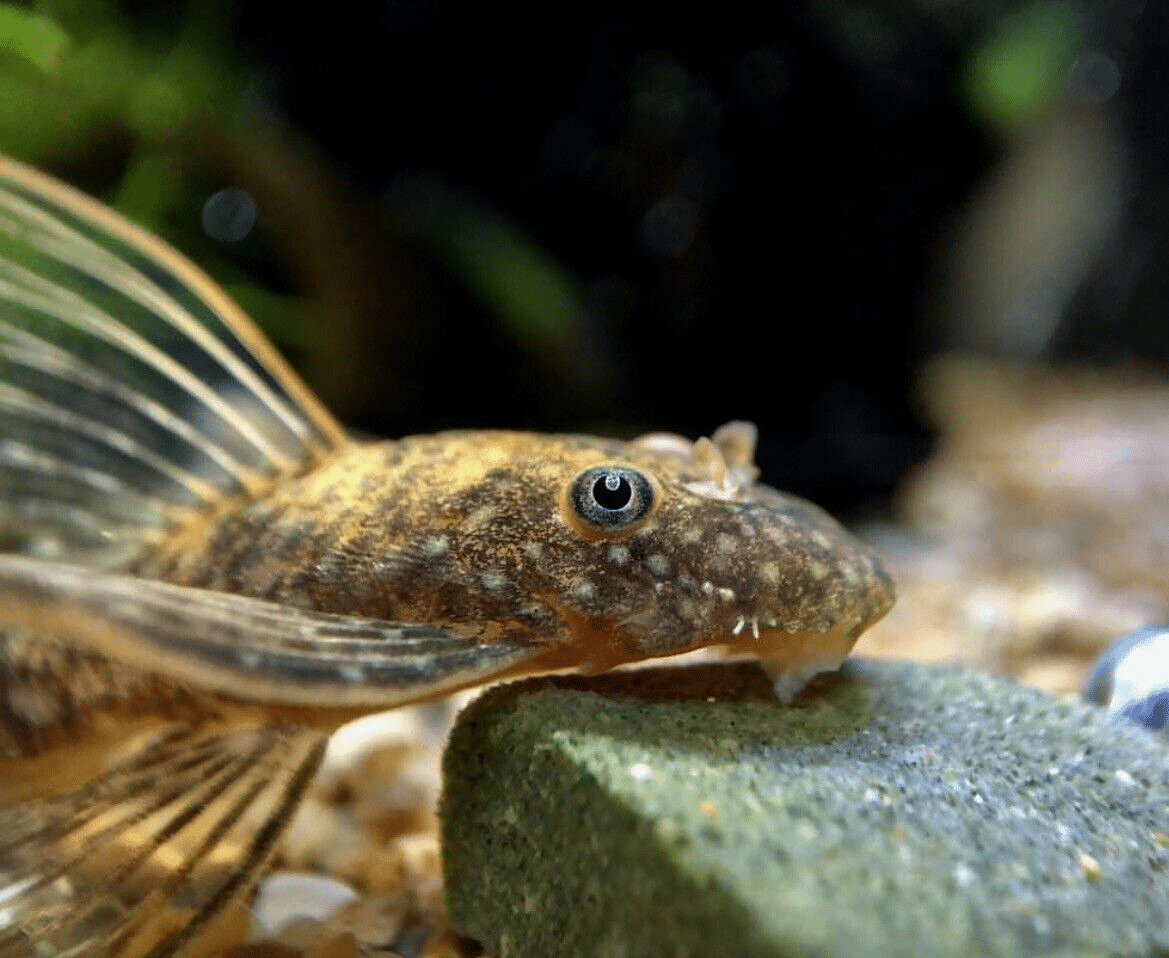

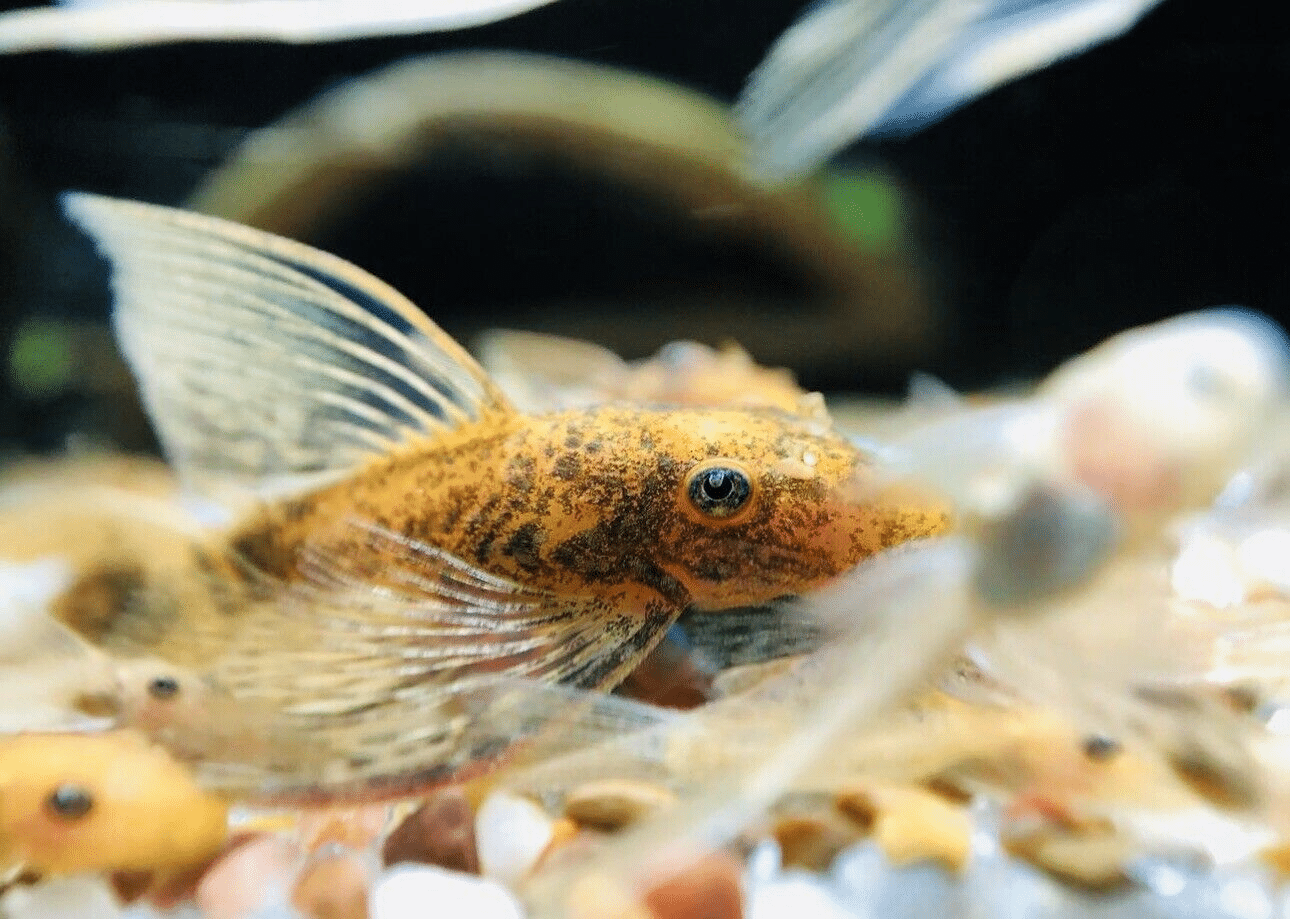



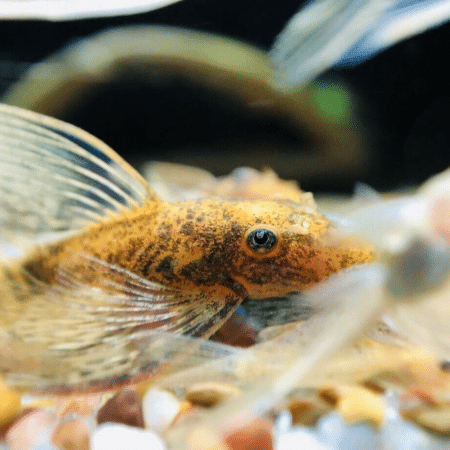
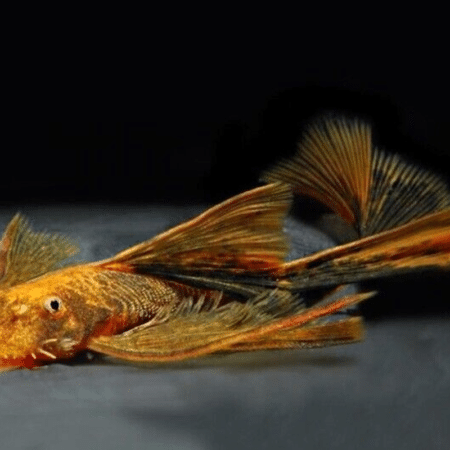

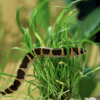







Emily Ramirez (verified owner) –
I recently added the Longfin Red-Black Bristlenose Pleco to my community tank, and I couldn’t be happier! After about two months of having him, he has become a cherished part of my aquarium family. His long, flowing fins and striking colors are not only visually stunning, but he also does an excellent job at keeping my tank clean. As a caring fish parent, I appreciate that these Plecostomus fish are peaceful and get along with my other freshwater fish.
I initially considered other catfish options, but the Longfin Bristlenose really stands out because of its hardy nature and low maintenance needs. I love watching him graze on algae, and he seems to thrive in my well-planted tank. A little tip for other aquarists: make sure to provide some hiding spots as these fish enjoy feeling secure. There was a slight concern when he first arrived, as he was a bit shy, but within a week, he adapted beautifully to his new home.
Overall, I highly recommend this fish for both beginners and experienced hobbyists looking for a delightful and beneficial addition to their freshwater setup. You won’t regret it!
Emily Carter (verified owner) –
I’ve been keeping freshwater fish for over five years, and I recently added the Longfin Red-Black Bristlenose Pleco to my 55-gallon aquarium. After about two months, I can wholeheartedly say that this little guy has been a game changer! Not only is he stunning to look at with his vibrant colors and long fins, but he’s also a phenomenal algae eater. My tank was starting to get a bit overrun, but he’s taken care of that in no time.
I appreciate that they are peaceful and thrive in community settings, making them perfect for my diverse tank. I’ve noticed that he’s extremely gentle with my other fish, which is a huge plus. Compared to other algae-eaters I’ve tried, like otocinclus, this pleco has a much more engaging personality, often coming out during the day to greet me.
If you’re a caring fish parent like me, you’ll love how this pleco enhances your aquarium’s beauty while maintaining its health. Just keep in mind that they do enjoy hiding spots, so adding some driftwood or caves is essential. I highly recommend the Longfin Red-Black Bristlenose Pleco for anyone looking to add a peaceful yet efficient algae control solution to their tank!